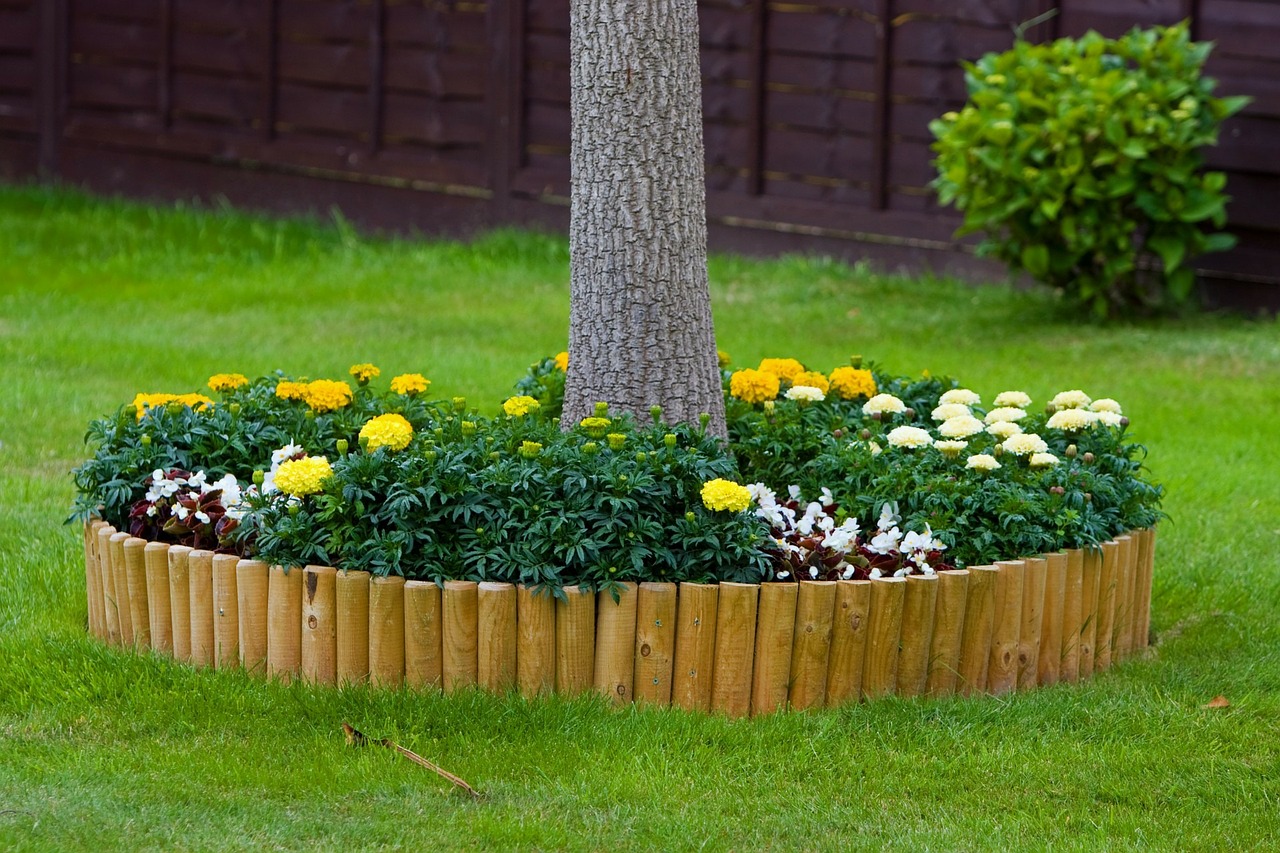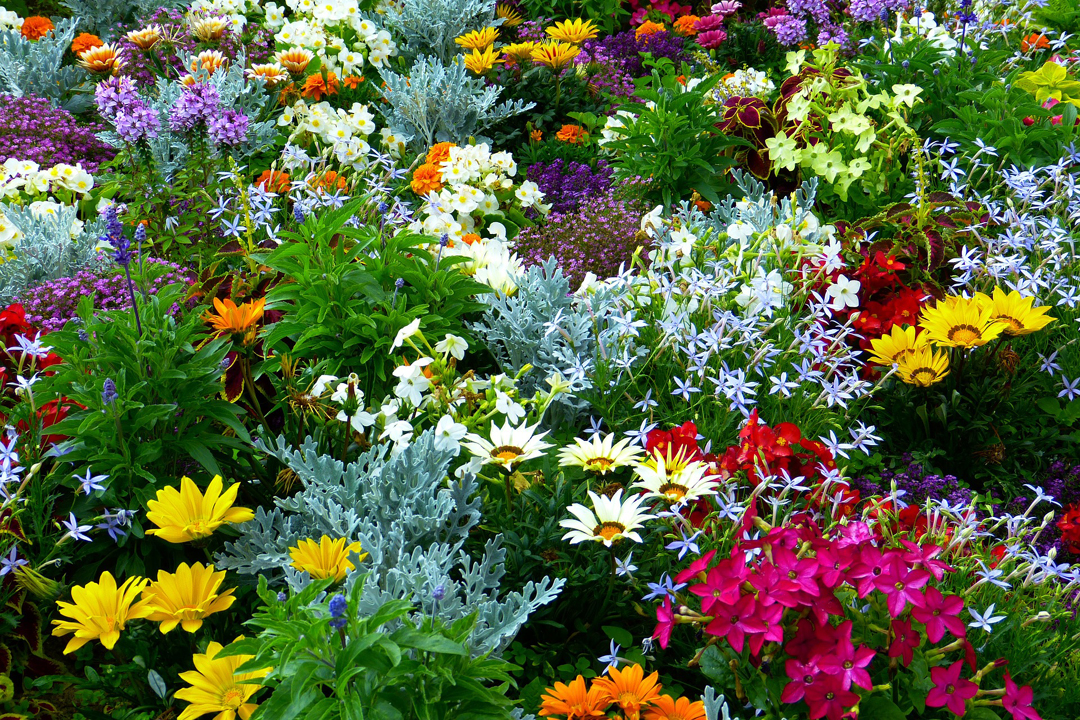Would you like to add a shrub to your yard that will not only help decorate your yard in many ways but will also add some extra color and texture to it? We are talking about Diablo Ninebark and today we are going to discuss the properties, features, care guide, uses of Diablo Ninebark, and many more. It is a shrub that bears white-pink flowers and is full of dark-purple-green leaves.
This beautiful and special shrub is commonly known as Diablo Ninebark. Diablo Ninebark’s Botanical Name is Physocarpus Opulifolius ‘Monlo’. It was initially named Diabolo. But over time, its distorted name “Diablo” came into circulation and was adopted due to its popularity.
Diablo Ninebark is also known by some nicknames. Their nicknames are “purple leafy ninebark” and “purple ninebark”.
Properties of Diablo Ninebark
| Common Name: | Diabolo Ninebark/Diablo Ninebark |
| Botanical Name: | Physocarpus Opulifolius ‘Monlo’ |
| Plant Type: | Deciduous Shrub |
| Soil Type: | The best soil type is well-drained soil but they are adaptable to other soil conditions |
| Planting zones: | 3 to 7 |
| Bloom period: | Late spring or early summer |
| Sun exposure: | Full sun but it tolerates partial shade |
| Water Requirements: | Needs regular water (Weekly, or Twice or trice if weather is too hot) |
| Deciduous/semi-deciduous/Evergreen: | Deciduous |
| Growth Rate: | Fast grower |
| Average landscape size: | Fast-growing; reaches 8 to 10 feet tall and 7 to 8 feet wide |
| Leaf color: | Generally purple, but reddish-purple foliage throughout the summer and yellowish-bronze in the fall |
| Flower color: | white |
| Flower Properties: | Ostentatious Flowers |
Special Features:
- Tempting Bark
- Bird, bees & butterflies Friendly
- Dramatic Foliage Color
- Easy to Care
- Easy to prune to maintain size
- Dryness endurable
- Shrubs as specimen plants in landscaping
Natural Environment of Diablo Ninebark
It is a deciduous shrub found in North America. In this region, you can easily find Diablo Ninebark in the woods and rocky river banks, which is its natural environment.
Diablo Ninebark (Physocarpus opulifolius ‘Monlo’) is native to the eastern part of North America. While its other species are found in the west.
The Appearance of Diablo Ninebark (Physocarpus Opulifolius ‘Monlo’)
 In late spring or early summer, white five-petaled flowers will begin to bloom on the branches. These creamy white flowers growing between purple leaves are completely different, as a result, their beauty is made on sight. In addition, Birds and butterflies will be seen around them. Grown white flowers by the end of spring or early summer turns into pink-white by the month of June, whose beauty is made on sight.
In late spring or early summer, white five-petaled flowers will begin to bloom on the branches. These creamy white flowers growing between purple leaves are completely different, as a result, their beauty is made on sight. In addition, Birds and butterflies will be seen around them. Grown white flowers by the end of spring or early summer turns into pink-white by the month of June, whose beauty is made on sight.
The leaves of Diablo Ninebark are purple in color. You will also get to see the effect of red color on these purple leaves. Also, some leaves of this shrub may turn dark green or black in the summer season. Similarly, these leaves become purple, red as well as yellowish-bronze in the fall. Mature branches of Diablo Ninebark have peeling bark.
The flowers and leaves of Diablo Ninebark thus wrapping themselves in different colors at different times sets it apart from other shrubs. These qualities make it more popular among people than other shrubs.
Care Guide for Diablo Ninebark
1. Planting area
If we talk about the hardiness zone or planting zone for Diablo Ninebark, then it should be between 3 to 7. This means you can plant it anywhere in the world if the temperature is between -40ºF to 10ºF. This shrub should be planted in such a temperature area for growth and survival.
2. Sunlight requirements
Diablo Ninebark is a sun-dwelling shrub. But even if it gets partial shade along with sunlight, it can tolerate it. It is difficult to survive in complete shade.
3. Soil and water requirements
Diablo Ninebark prefers soil that is regularly dry and moist. It will perform best if you water it on a weekly basis. On the other hand, if the weather is hot, you may have to water two to three times a week for its betterment. Also, good drainage is very important for this. The specialty of Diablo Ninebark is that it adapts itself to wet soil more than other shrubs and can withstand drought to some extent.
Talking about soil, slightly acidic soil above average is best for this shrub. You should fertilize it twice a year. One in the spring or early summer and the other in late winter.
4. Sufficient space and air requirement
Diablo Ninebark is typically a multi-branching shrub that grows to 8 to 10 feet tall and 7 to 8 feet (sometimes 10 feet) wide. It moves straight up and the speed of its growth is also fast. Obviously, it needs enough space to reach its maximum height and spread. So it should be installed keeping this in mind.
If you want good performance from this shrub, you also need to make sure that it gets proper air circulation. In a place where the circulation of air is blocked, it will not be able to grow completely.
Uses of Diablo Ninebark Shrubs
You can plant Diablo Ninebark as the boundary of your yard. You can plant it around a garden with fruits and vegetables and/or colorful flowering plants and grasses. The color of its flowers and leaves varies at different times, due to which it is helpful in enhancing the beauty of your garden. You can allow Diablo Ninebark to grow in two ways. First, let it grow in its natural shape. Second, sort it out.
If you want to fence your yard high, let it grow naturally. As described earlier that this bush grows up to a height of 8 to 10 feet. You can plant many of its plants around your yard to create a boundary. It will not look very attractive but many people do it.
On the other hand, you can give this a beautiful look by planting Diablo Ninebark around your yard and pruning it from time to time. This bush is not very dense in the first year of planting. Therefore, my suggestion would be that after planting it in the spring, in the first winter that comes, cut off all the leaves and upper twigs up to the ground level and leave only its lower twigs. By doing this it will look unsightly for some time but next year it will become denser. When full leaves come on it, then prune it and give it the desired shape.
Garden Tips for Diablo Ninebark
There are a number of different ways you can incorporate Diablo Ninebark into your landscaping.
- Diablo Ninebark can be used to define a boundary or/and keep the privacy of your landscaping.
- Plant it on the side of a flowering shrub among other flowers to add some color to your garden with its deep-purple-green leaves and white-pink flowers.
- You can plant it in containers and pair it with other container flowers and plants to create a rainbow look that will add beauty to your landscaping throughout the year.
- Use it as an edge along landscaping paths, or as a stand-alone accent.
- You can also use it as a background. Plant this shrub behind other plants and allow it to grow a little higher and watch it act as a background for other flowers in front of them.
- You can also use it as a hedge. This will make it easier to break up large landscaping into different garden rooms.
Other types of Ninebarks
There is no restriction on you to choose only Diablo Ninebark for your garden. While you have several Ninebarks to choose from. There are about 20 species in this genus. Everyone has their own merits and you can give them a place in your garden. Some of the main types of Ninebark are described below:
(I) Physocarpus Alternans (Dwarf Ninebark)
Physocarpus Alternans or Dwarf Ninebark or Nevada Ninebark is a flowering shrub. It produces small white flowers in June and July. These densely hairy flowers are formed in clusters of up to ten. Its leaves are small dark green in color and these leaves turn reddish-brown in the fall. On the edge of the leaves are small, rounded teeth.
(II) Physocarpus Amurensis (Asian Ninebark)
It is a deciduous shrub with brown striped bark on its branches. Its flowers are small and white with a yellow center and pink stamens. It has yellow-purple leaves.
(III) Physocarpus Capitatus (Pacific Ninebark)
Physocarpus Capitatus or Pacific Ninebark or Tall Ninebark is a species of Physocarpus in the rose family. It is a dense deciduous shrub. Moreover, Its leaves are green and shiny green on top. Also, there are clusters of small white flowers with five petals.
(IV) Physocarpus Malvaceus (Mallow Ninebark)
Physocarpus malvaceus or Mallow Ninebark is a species of flowering plant belonging to the rose family. Although its branches are hairless, on the other hand, its leaves are dark green with three to five lobes and serrated edges and turn brownish-red before falling.
(V) Physocarpus Monogynus (Mountain Ninebark)
Physocarpus Monogynus or Mountain Ninebark or Lesser Ninebark is a flowering shrub. Its leaves are light green above and yellow below. The five-petaled white or rose-colored flowers form a cup-like structure during May or June.
Also Read:











